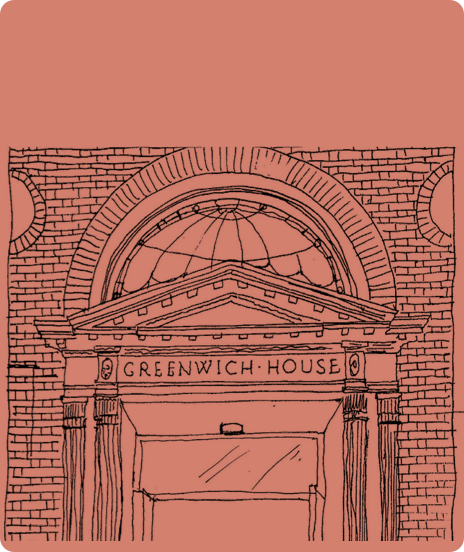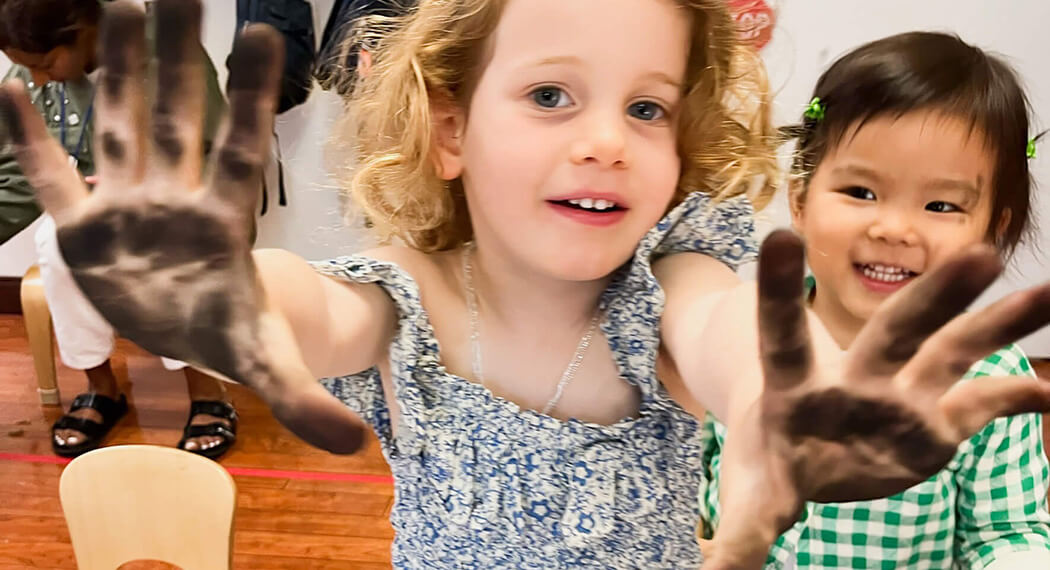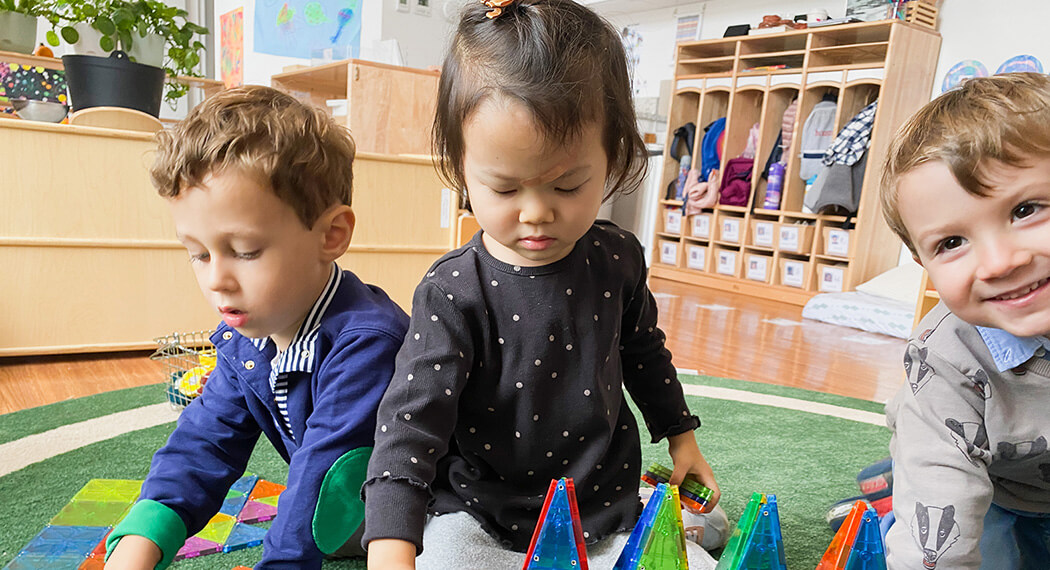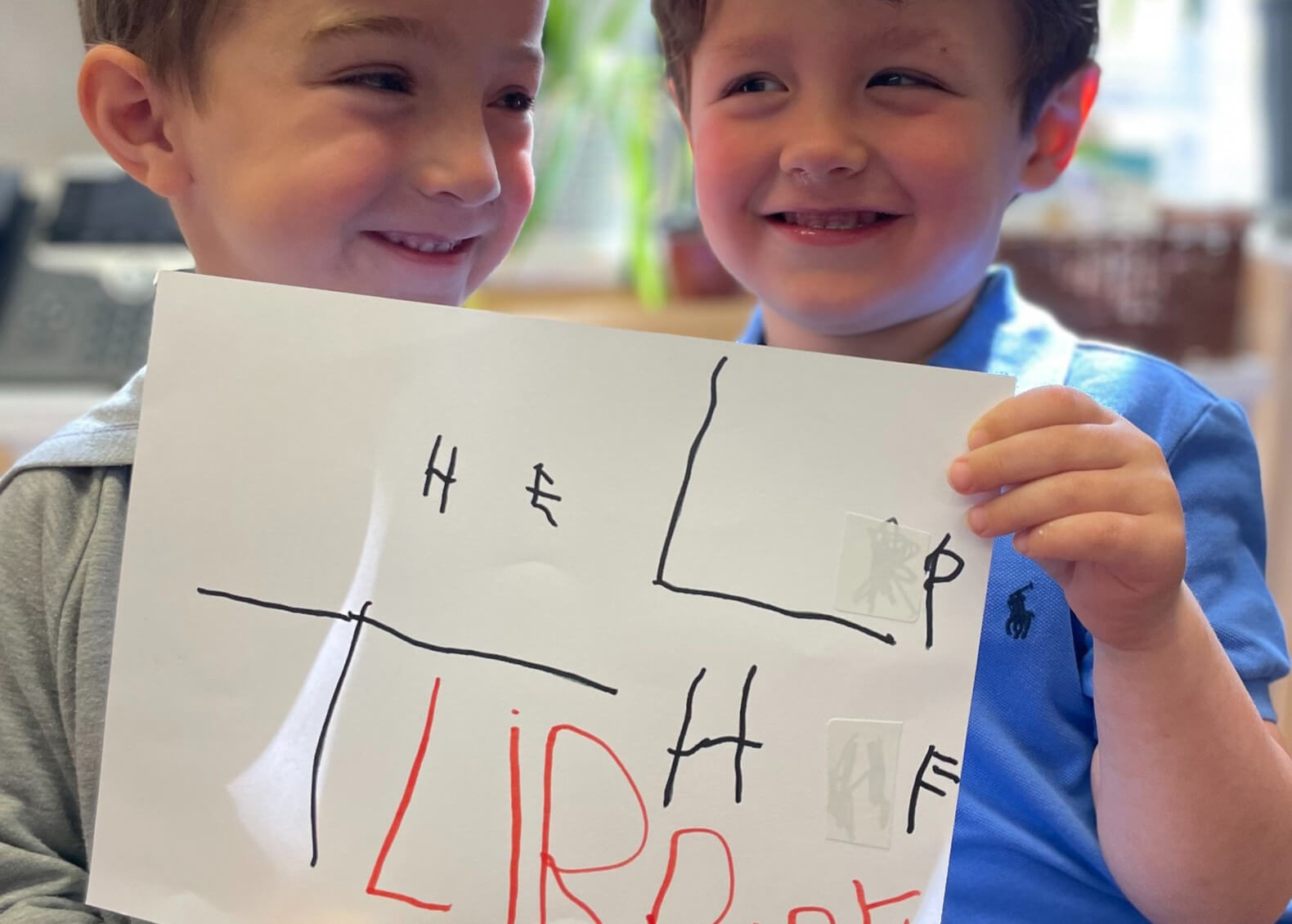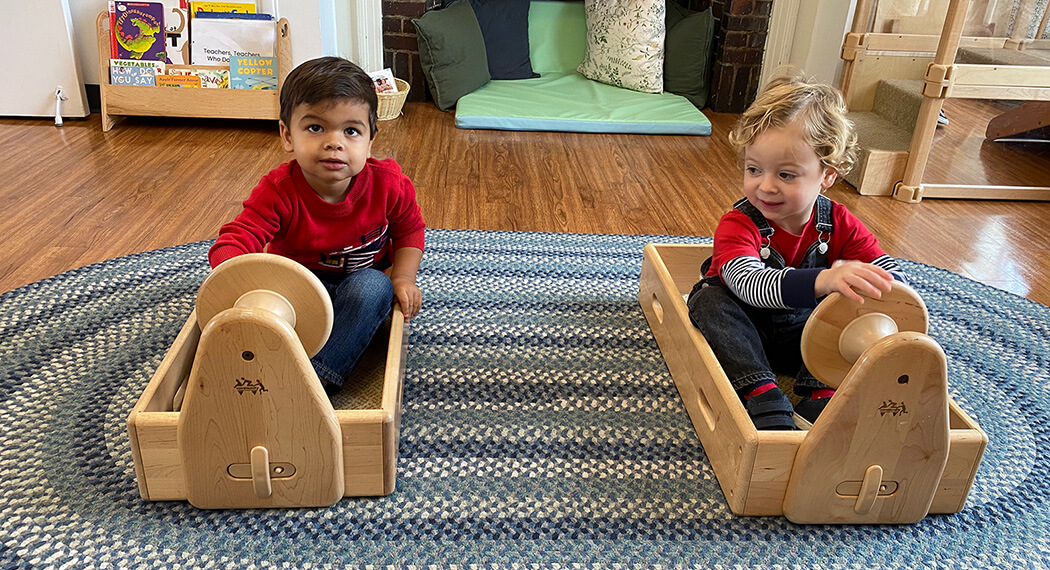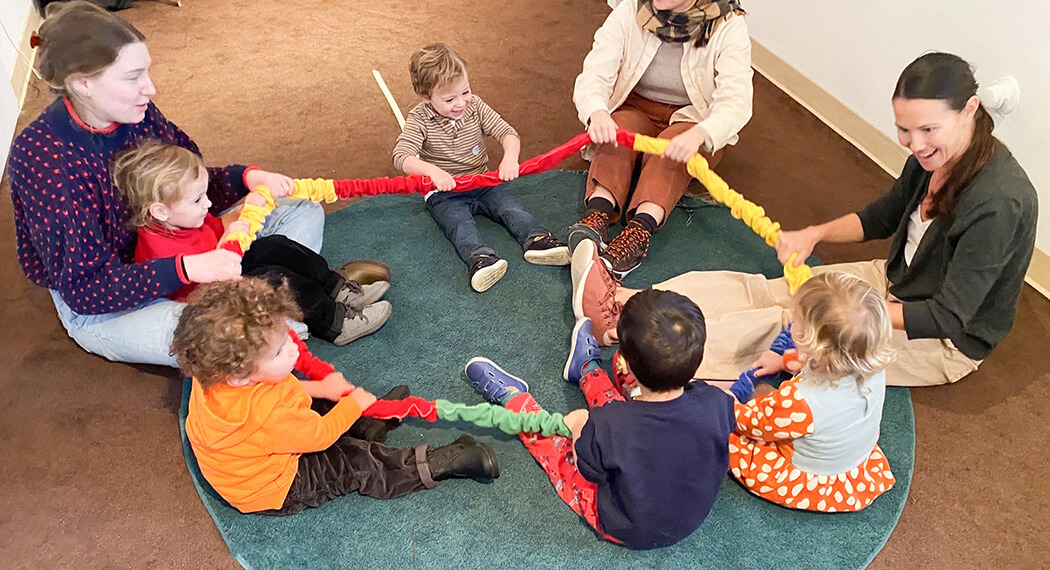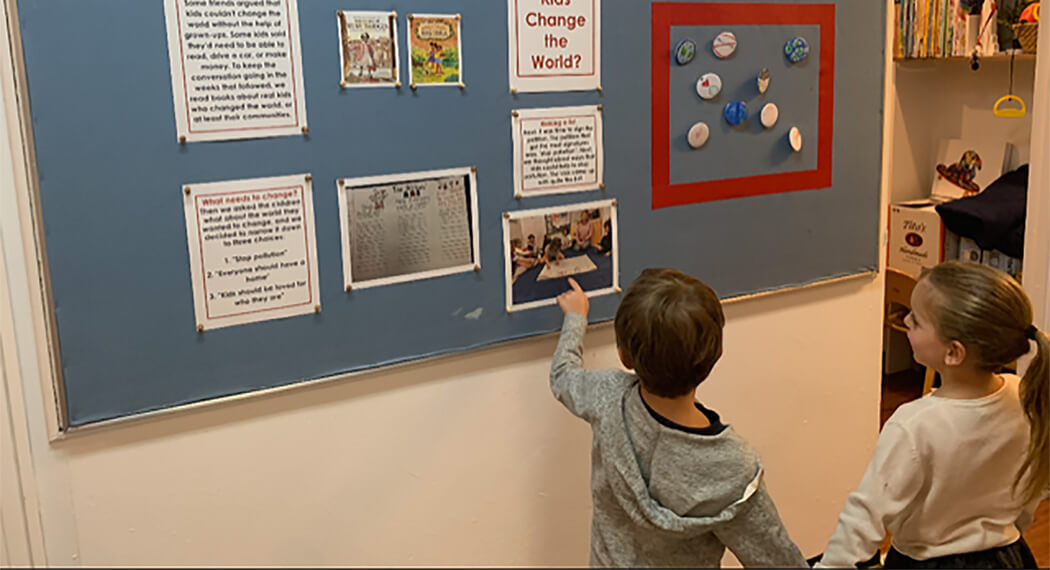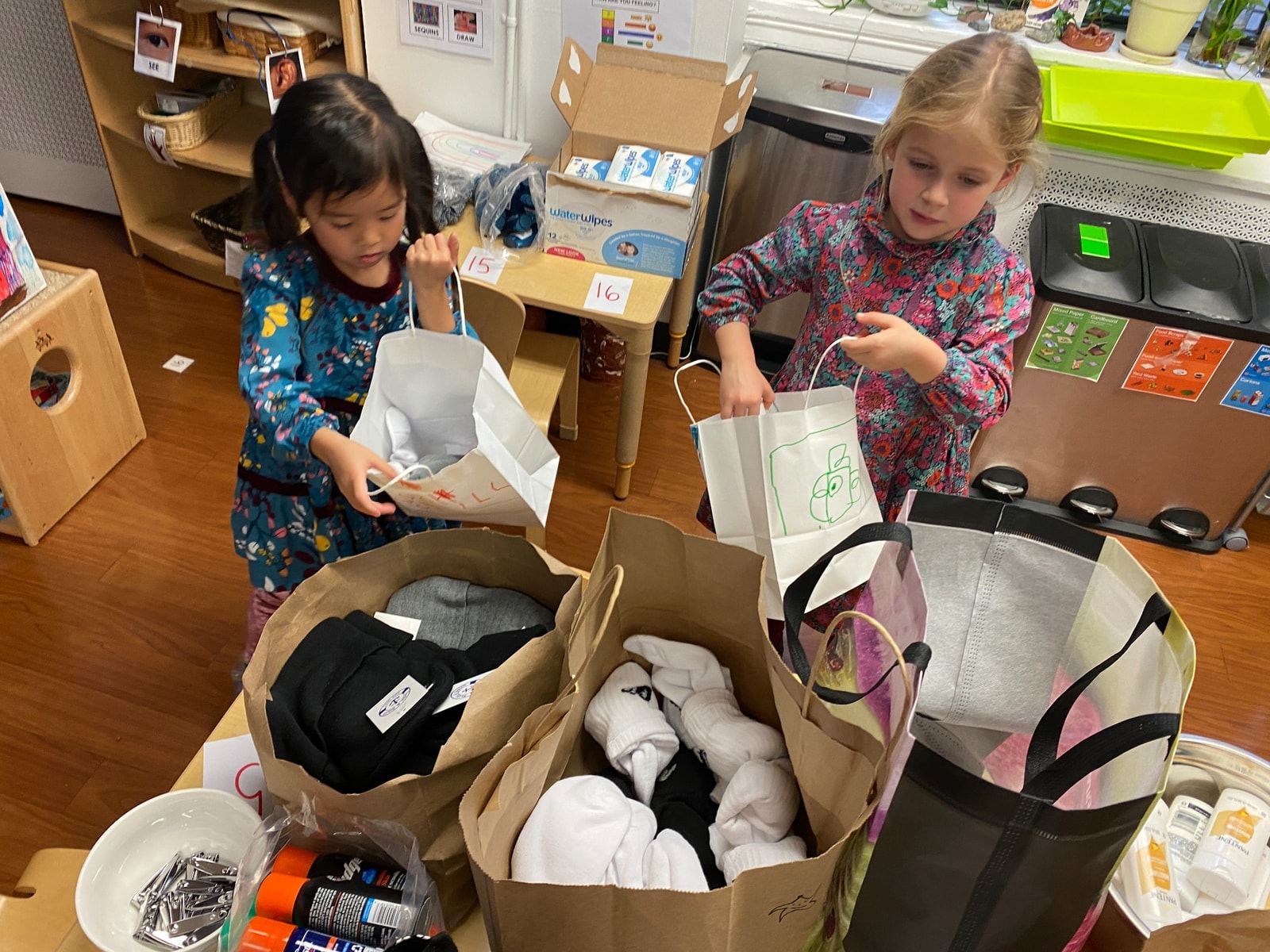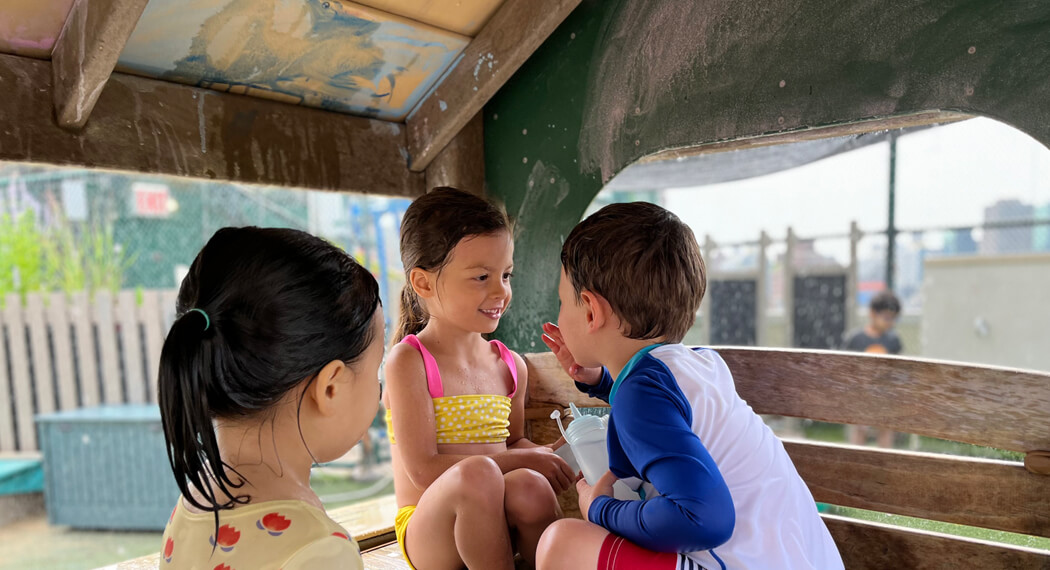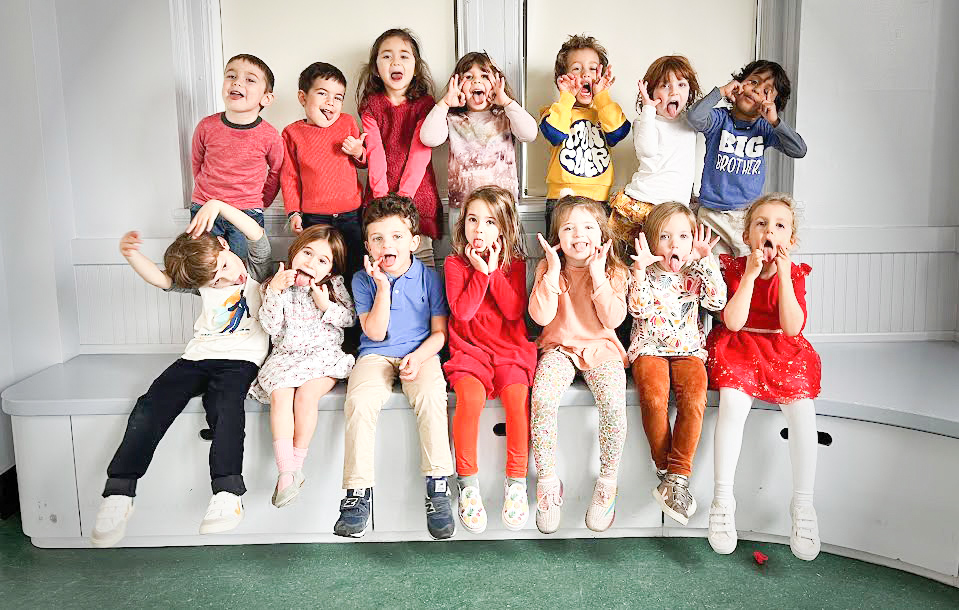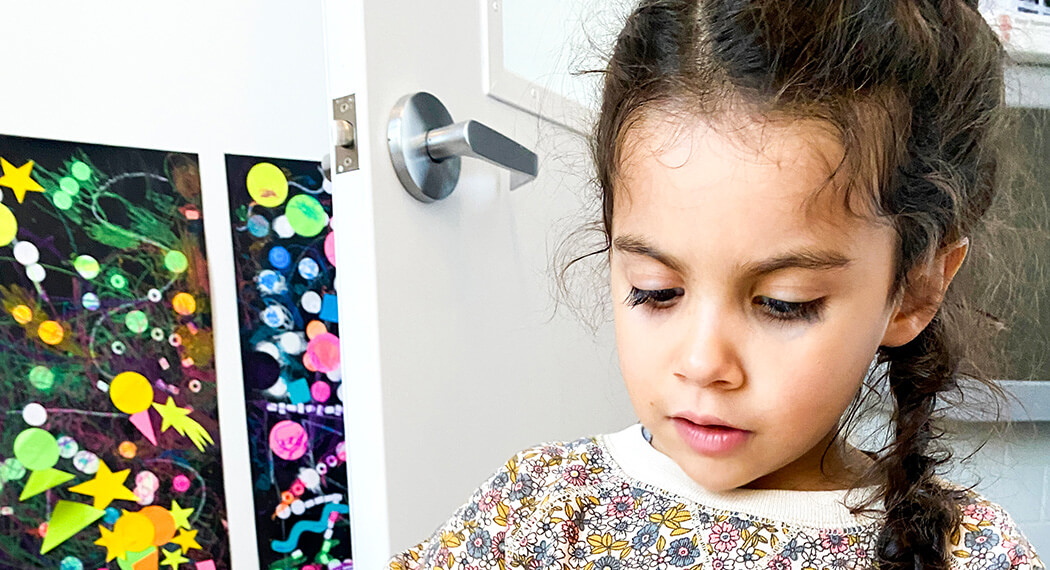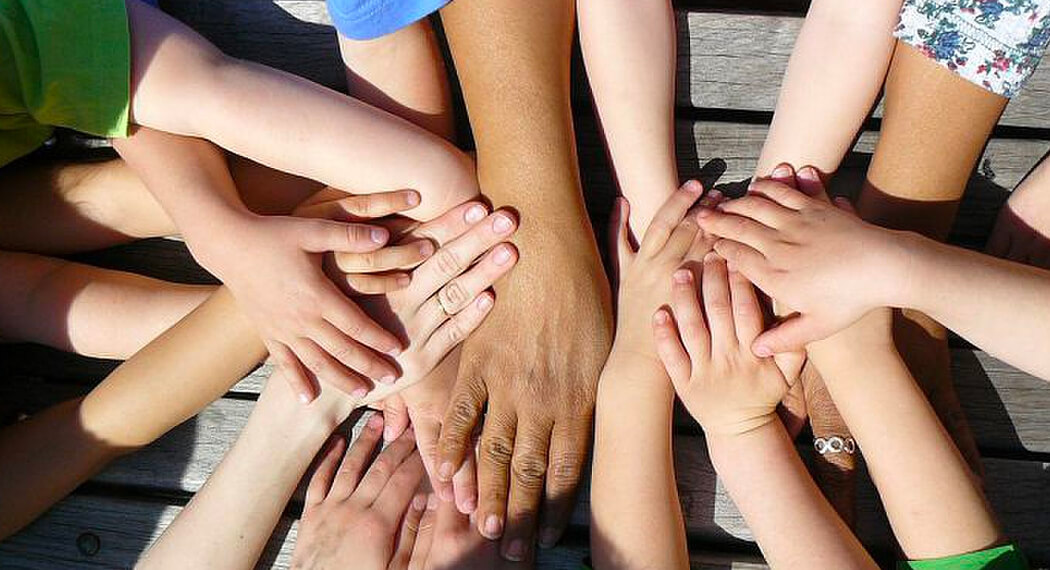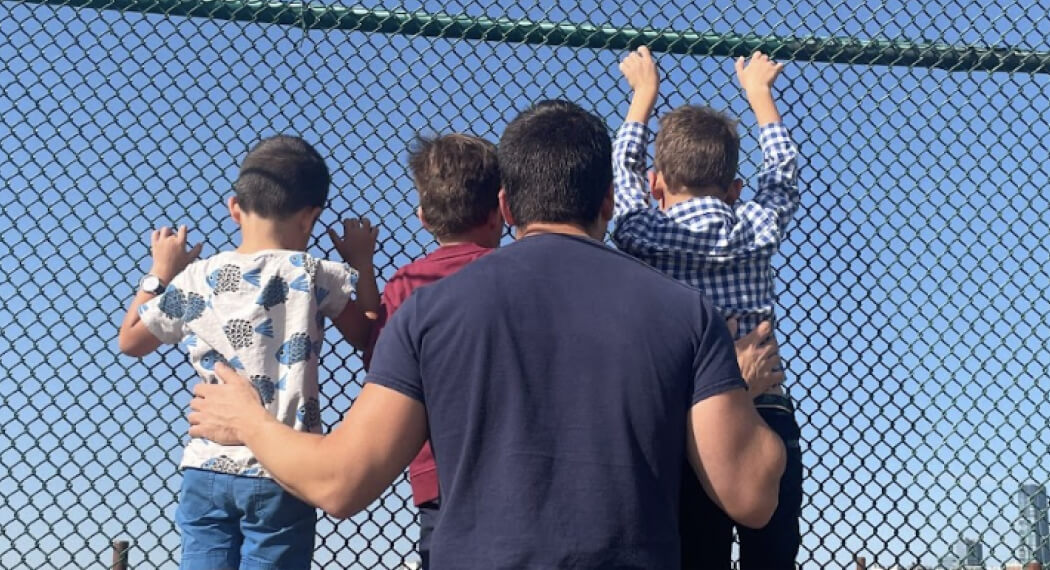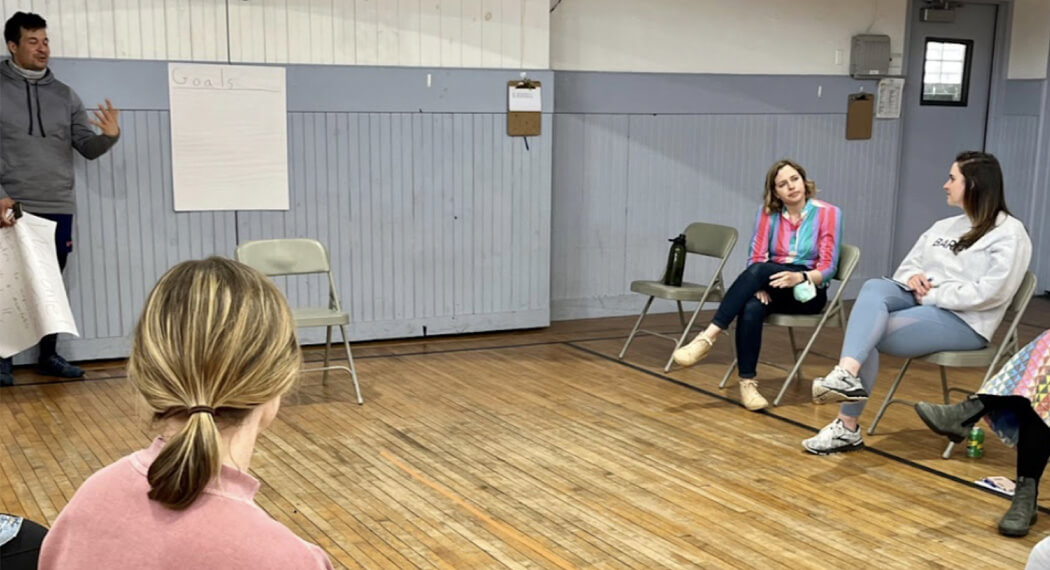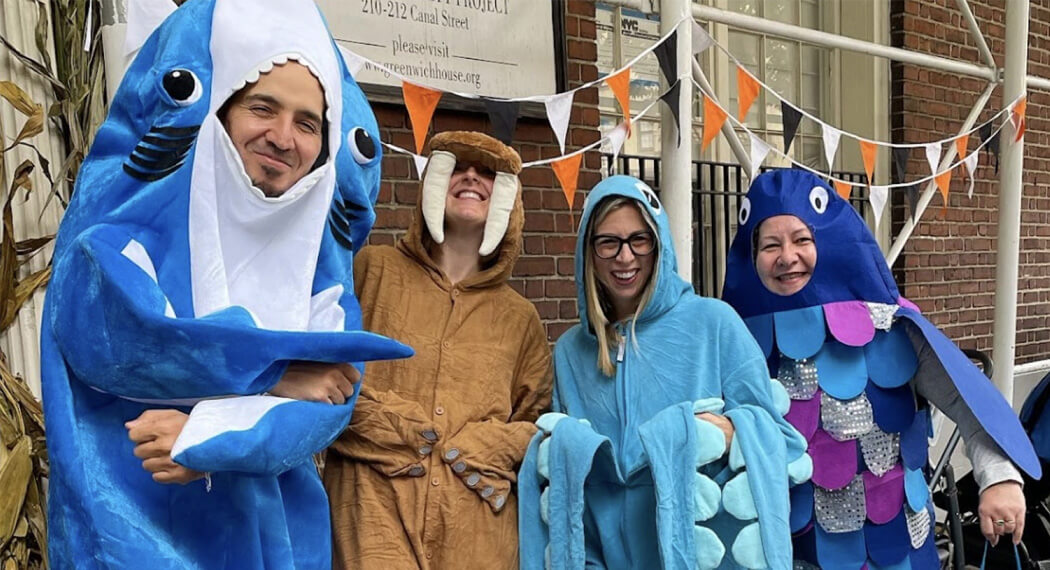Earlier in the year, we shared about our “third teacher,” the physical environment. Since our return from Winter Break, our classroom setup has shifted once again based on our observations of the children, their interactions, and their work. Our beloved loft was broken down and stored away, making space for the return of an expanded block area to allow for all the exciting work that has recently emerged with this material.
Alongside this, we have also noticed a want for increasing independence, a key milestone of the toddler years. Children desire to complete tasks on their own, seek risks to take, and form identities separate from their grownups. This often bumps up against a parallel need to remain close to supporting and comforting grownups. Children want to know that their grownups will return after time away, continue to care for their boo-boos, and offer help in requested moments. Yet it is important to recognize the duality of these needs – when children are rooted in secure, supportive, and trusting relationships, they are more inclined to push out of their comfort zones and to test their limits. Independence grows because children know that their grownups will offer assistance, if and when they need it.
We have laid the foundation in the White Room through months of zooming in and forming relationships with one other. So, it is an ideal time for us, as teachers, now to begin stepping back to give the children space to grow and experiment with their budding independence. We continue to be fully present and engaged, but are making conscious choices as to when to intervene, offer help, and encourage struggles (even in social interactions).
Here are some ways we are leaning into this with the shift in our “third teacher”:
Honoring Choices
The ability to choose is a crucial component of independence. It gives children the opportunity to voice their preferences, say “no” during moments of opposition and difference, and begin to see themselves as separate from their special grownups. They are individuals with their own thoughts, wants, and needs.
Meetings: If you remember, earlier in the school year, meetings were short and sweet — just a couple songs before handwashing. Recently though, the children have shown an increased interest and readiness for these more structured times of the day, alongside an eagerness to know where their peers and teachers are. Casually, we have talked about “school” and “home” days, but we have now started to more formally embed this conversation into our Hello Meetings. Once everyone is gathered (choosing from a number of different seating options based on their own wants and needs), we first take attendance by looking at each person’s photo card together and identifying whether they are in school or at home.
At this point in the year, the children have also learned to “read” our schedule cards, so before transitioning to handwashing, we spend a little time together going through the day’s events.
Similarly, the children are now able to “read” our song cards, using the illustrations to call out song names. They actively join in to sing along and make hand movements. And they are eager to make requests for specific songs of their choosing. So, we incorporated these developments into our meetings by giving them the opportunity to decide on their transition-to-handwashing song by taking turns to choose between two options.
Self-Help Skills
Children have become accustomed to having almost everything done for them – putting on clothes, bathing, feeding, transporting between places. As their need for independence grows, they begin to resist adult help and insist that they have the opportunity to perform these tasks themselves (“I do it!”). For new skills, it often helps to start the process for them and then let them complete it, with guidance if needed.
Snack: A number of new changes have been introduced around our snack routine. The first is assigned seating. The children are very familiar with the photo you shared at the beginning of the year — the one used in their cubby, in the class books, and now for attendance. They are also being used as placeholders during snack. During Hello Meeting, a teacher sets up the tables, with each spot receiving a plate of snack (another new thing!), a cup of water, and a photo. When children bring their chairs to the table from Hello Meeting or return to the classroom after handwashing, they are asked to settle into the spot that is “labeled” with their photo.
You may have noticed that we prep the children’s snacks by cutting large fruits into smaller pieces. We recently began to give children more of a role in this, particularly with bananas and clementines. Rather than removing the peels beforehand, we now prep bananas by creating slits in the peel and cutting them into smaller pieces. When they sit down with their piece, children need to independently remove the peels, using the slits as guidance. For clementines, we start the peeling process by creating an opening at the top.
The children are also taking a more active role in the cleanup process. Instead of teachers picking up their cups and plates from the tables, we ask that they bring them to the bin by the trash can.
Transitions: In recent months, we have introduced “the blue line.” This is the line where we gather to put our feet and toes on before we transition out of the classroom. The children are working hard on finding space for themselves in relation to peers and waiting patiently as everyone gathers.
Have you heard about any of these shifts at home? If not, ask your child about them next time!

